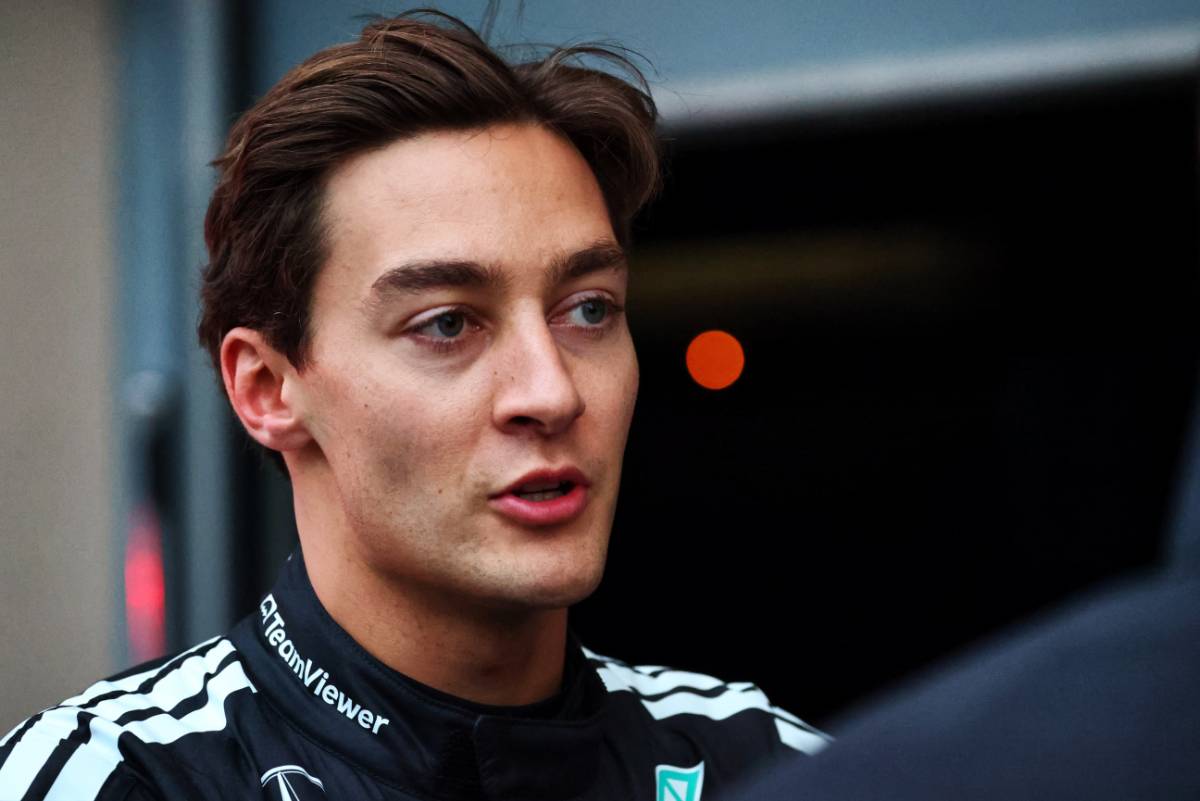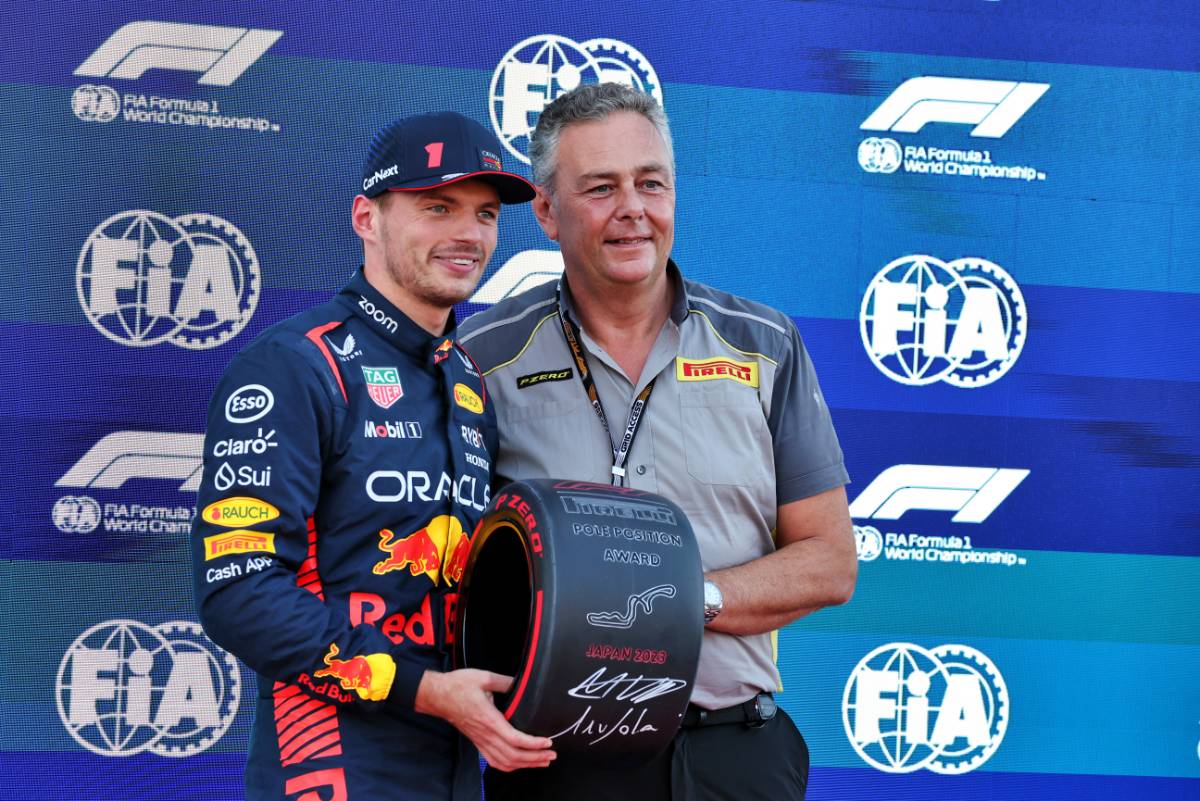The daybreak of Method 1’s new period is simply twelve months away, however not everyone seems to be thrilled with the early previews, together with George Russell who has been extremely crucial of what he’s seen so removed from Pirelli.
The Mercedes has delivered a scathing critique of the Italian producer’s next-generation tyres, claiming they’re “fairly a step worse” than the present rubber.
With the game gearing up for narrower rubber and a significant guidelines shake-up in 2026, Russell’s feedback have put Pirelli – and the way forward for F1 racing – squarely within the sizzling seat.
Skinnier Tyres, Larger Issues?
The 2026 regs are all about change: automobiles with 15% much less downforce, sleeker designs, and tyres trimmed down – 25mm narrower on the entrance, 30mm on the rear – to chop drag and increase effectivity.
Final month, as a part of Pirelli’s growth program, Russell strapped right into a modified 2024-spec Mercedes W15 at Jerez, one in all a number of “mule automobiles” tweaked with skinnier wings to imitate subsequent yr’s downforce drop.
The objective? Assist Pirelli collect knowledge for his or her large tyre overhaul. The outcome? A experience that left Russell shaking his head.
“That [the test] was a little bit of a problem in comparison with the broader tyres we now have right now,” Russell advised the media in Bahrain final week.
“It was fairly a step worse with the brand new tyres. That’s naturally the case, as a result of they’re simply rather more slim. So hopefully they are going to be improved over the upcoming months.”

That’s not precisely a glowing assessment! With much less grip from the slimmer profile, Russell’s sounding the alarm that Pirelli’s 2026 product may not be able to deal with F1’s high-speed calls for.
Mule Vehicles and Combined Alerts
Whereas groups have been burning rubber on their tailored ‘mule automobiles’ to simulate 2026 circumstances, the information’s coming again fuzzy.
The take a look at runs match right now’s tempo regardless of the downforce dip, which means they’re not an ideal crystal ball for the way these tyres will carry out when the brand new automobiles hit the monitor.
It’s like tuning an engine with one hand tied behind your again—shut, however not fairly there.

Pirelli’s Racing Supervisor Mario Isola is aware of the rating.
“We can’t simply depend on the mule automobiles as a result of it received’t be smart,” he advised Autosport.
“We are going to proceed to supply them a digital mannequin of the tyre to make use of of their simulators and so they come again to us with their suggestions. And that is the suitable route we should always proceed in.”
Simulators would possibly lack the roar of the true factor, however they’re shaping as much as be the important thing to cracking this tyre conundrum.
Preserve updated with all of the F1 information by way of X and Fb

















